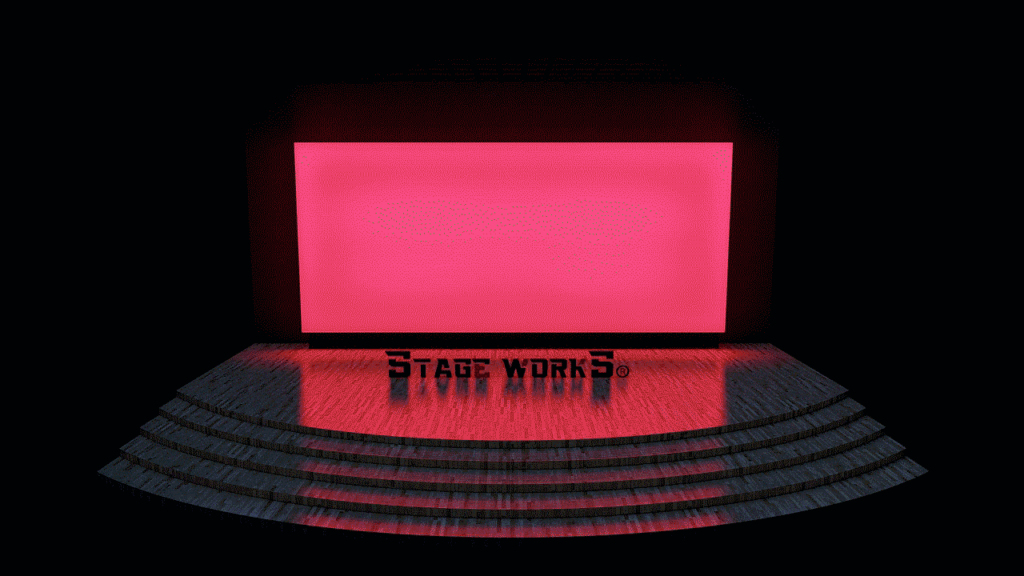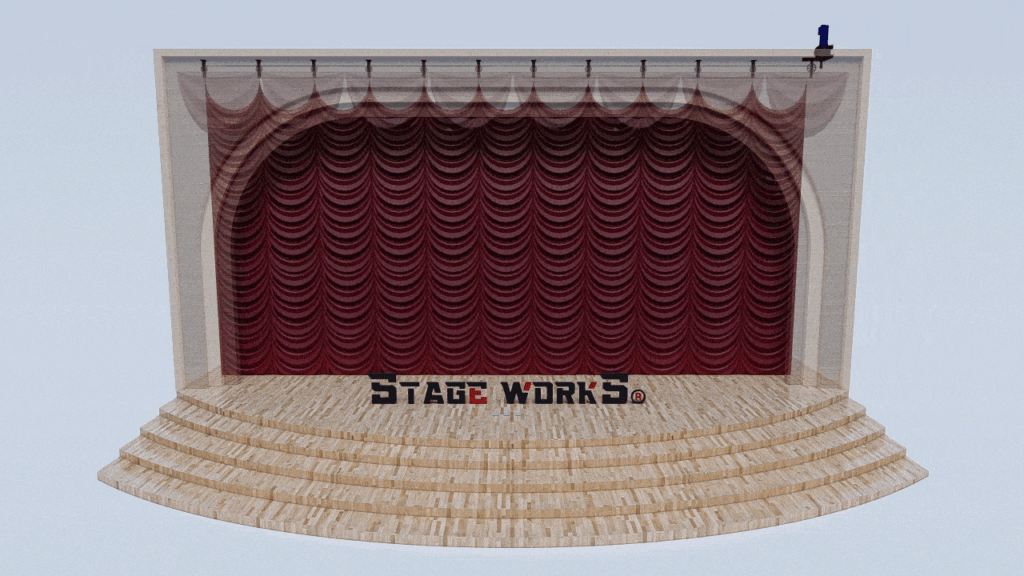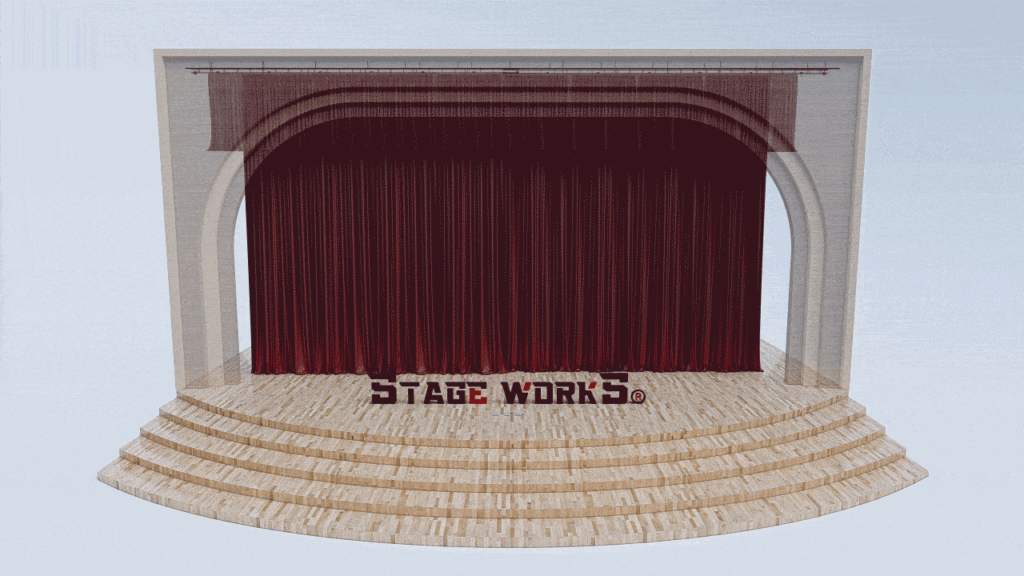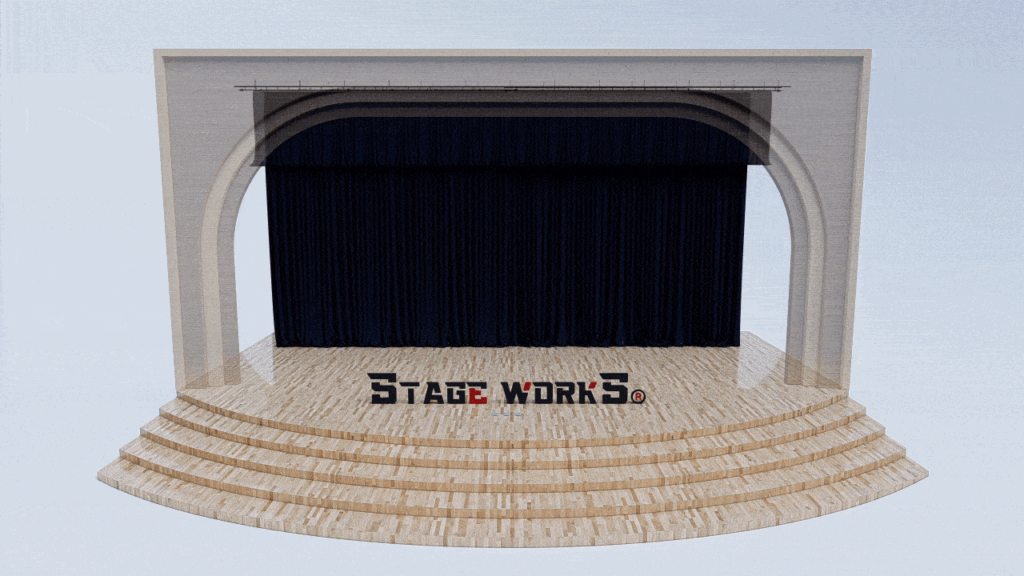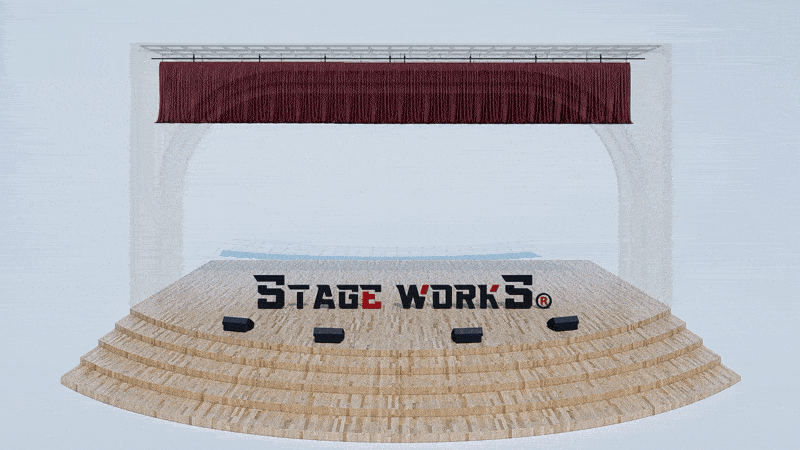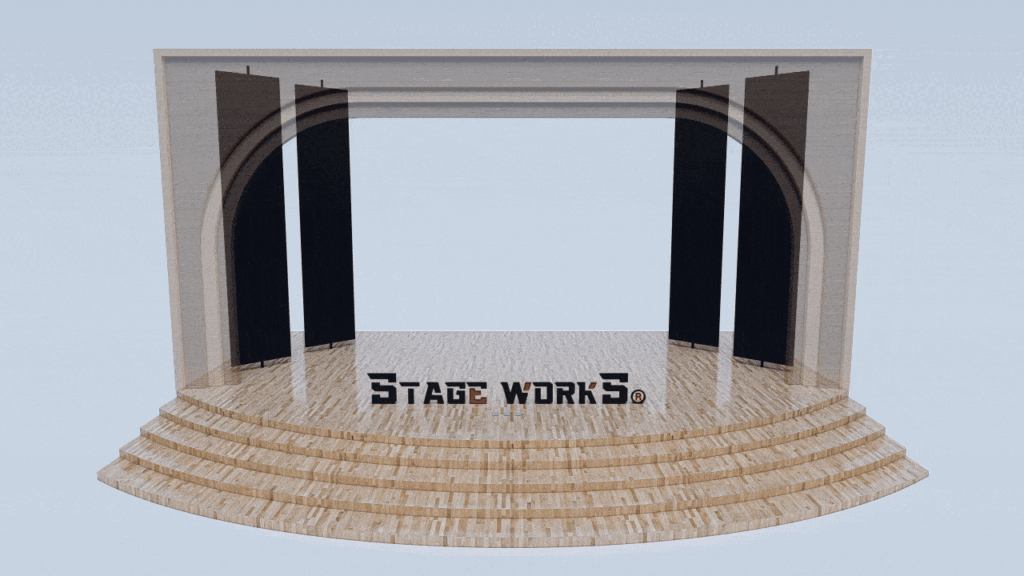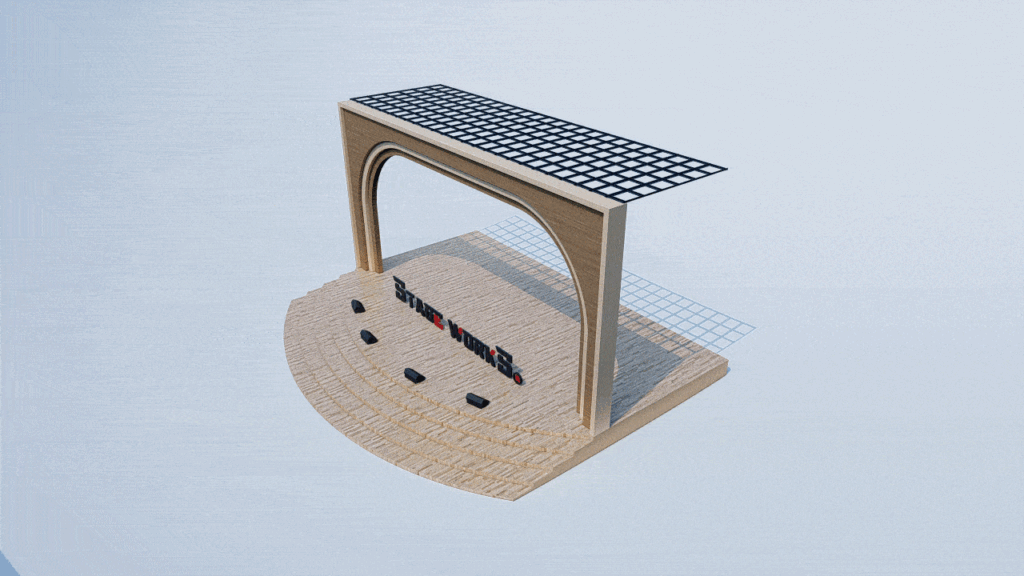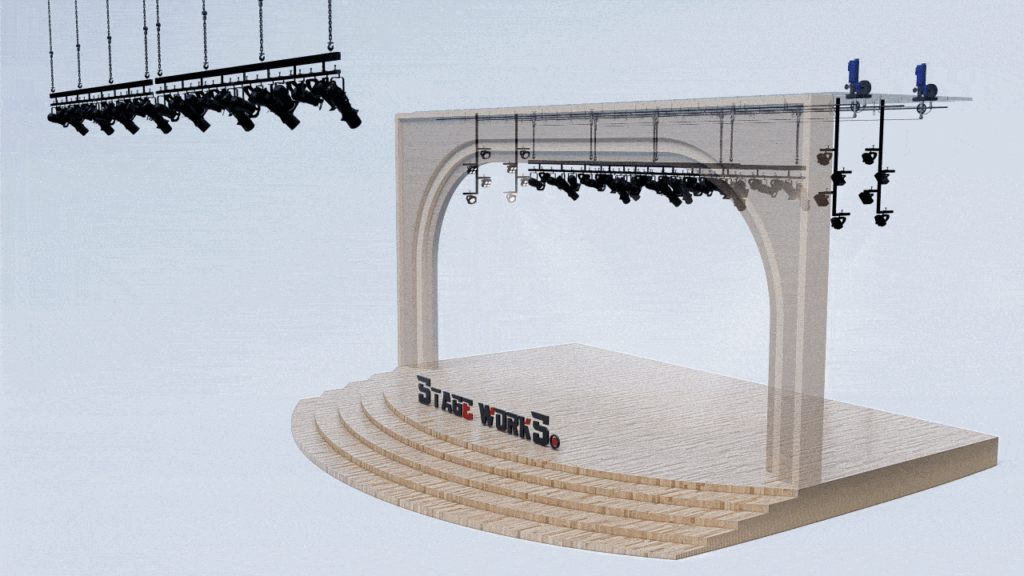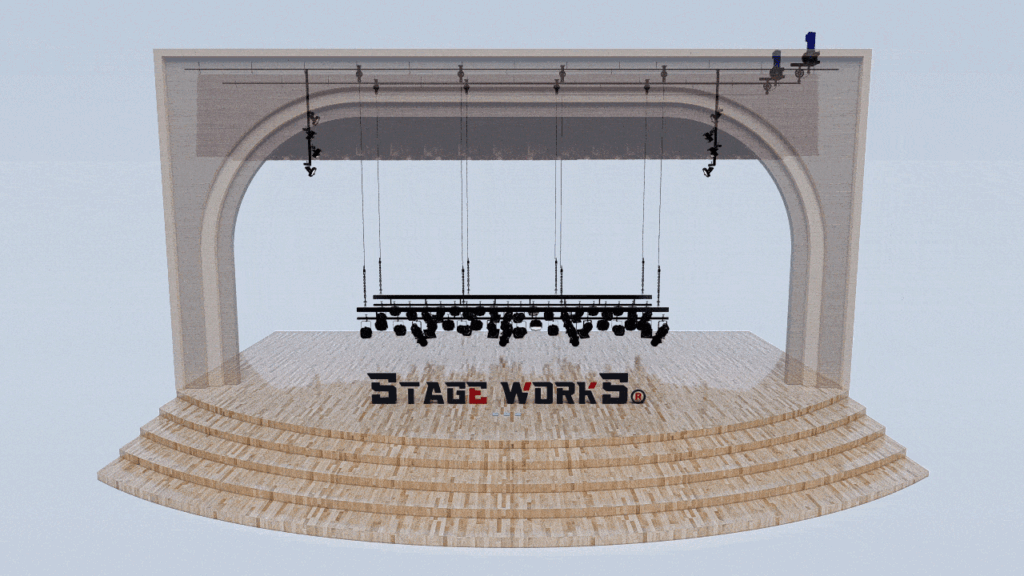The Unsung Hero of Every Performance: Your Stage Curtain
The Silent Star: More Than Just a Backdrop
Often overlooked amidst the dazzling lights, captivating costumes, and electrifying performances, the stage curtain plays a crucial, multifaceted role in the success of any theatrical production. Far from being a mere backdrop, the curtain is a vital component that significantly influences the audience’s experience and the overall flow of the show. From setting the mood to concealing scene changes, its importance is undeniable. This article delves into the often-unsung contributions of the stage curtain, exploring its diverse functions and highlighting its significance in both professional and amateur theatre.
Setting the Stage: Atmosphere and Anticipation
Before the first act even begins, the stage curtain is already working its magic. The choice of fabric, color, and design can dramatically impact the overall atmosphere. A heavy, velvet curtain in deep crimson might suggest a dramatic tragedy, while a lighter, flowing fabric in pastel shades could foreshadow a whimsical comedy. The anticipation building as the curtain remains closed is a powerful tool in itself, amplifying the audience’s excitement for the spectacle to come. The simple act of raising the curtain marks the official commencement of the performance, transforming the space and signaling the audience’s full engagement.
Concealing the Magic: Seamless Transitions and Technical Prowess
Behind the scenes, the stage curtain works tirelessly to ensure seamless transitions between scenes and acts. It expertly masks the flurry of activity involved in set changes, costume adjustments, and prop placement, preserving the illusion and narrative flow for the audience. The smooth operation of the curtain, often via intricate rigging systems, is a testament to the backstage crew’s skill and the curtain’s robust construction. This seamless transition is crucial for maintaining the audience’s immersion in the story.
Beyond the Basics: Functionality and Versatility
Stage curtains come in a vast array of types, each designed to meet specific needs. From simple, single-layered curtains to elaborate cycloramas and traveler systems, the options are virtually limitless. Choosing the right type of curtain is crucial for both aesthetic and practical reasons. Factors such as sound absorption, light diffusion, and ease of operation are vital considerations when selecting a curtain for a particular production. The versatility of the curtain allows for creative stage design and adaptation to diverse performance styles.
Investing in Excellence: Durability, Maintenance, and Long-Term Value
A high-quality stage curtain represents a significant investment, but it’s an investment that pays dividends over time. A durable, well-maintained curtain will withstand countless performances, ensuring consistent quality and minimizing the need for frequent replacements. Regular cleaning and professional maintenance will prolong its lifespan and preserve its appearance, ensuring that it continues to play its crucial role in delivering outstanding theatrical experiences.
The Curtain Call: A Final Bow
The stage curtain isn’t merely a functional element; it’s an integral part of the theatrical experience. From setting the mood to facilitating smooth transitions, its contribution is profound and far-reaching. As the final curtain falls, signaling the end of the performance, it leaves the audience with a lasting impression, often lingering in their minds long after the lights have dimmed. The unsung hero of every performance deserves its due recognition—it’s a vital element that contributes significantly to the overall success of any theatrical production. Choose wisely, and your stage curtain will be a silent partner in countless unforgettable performances.



